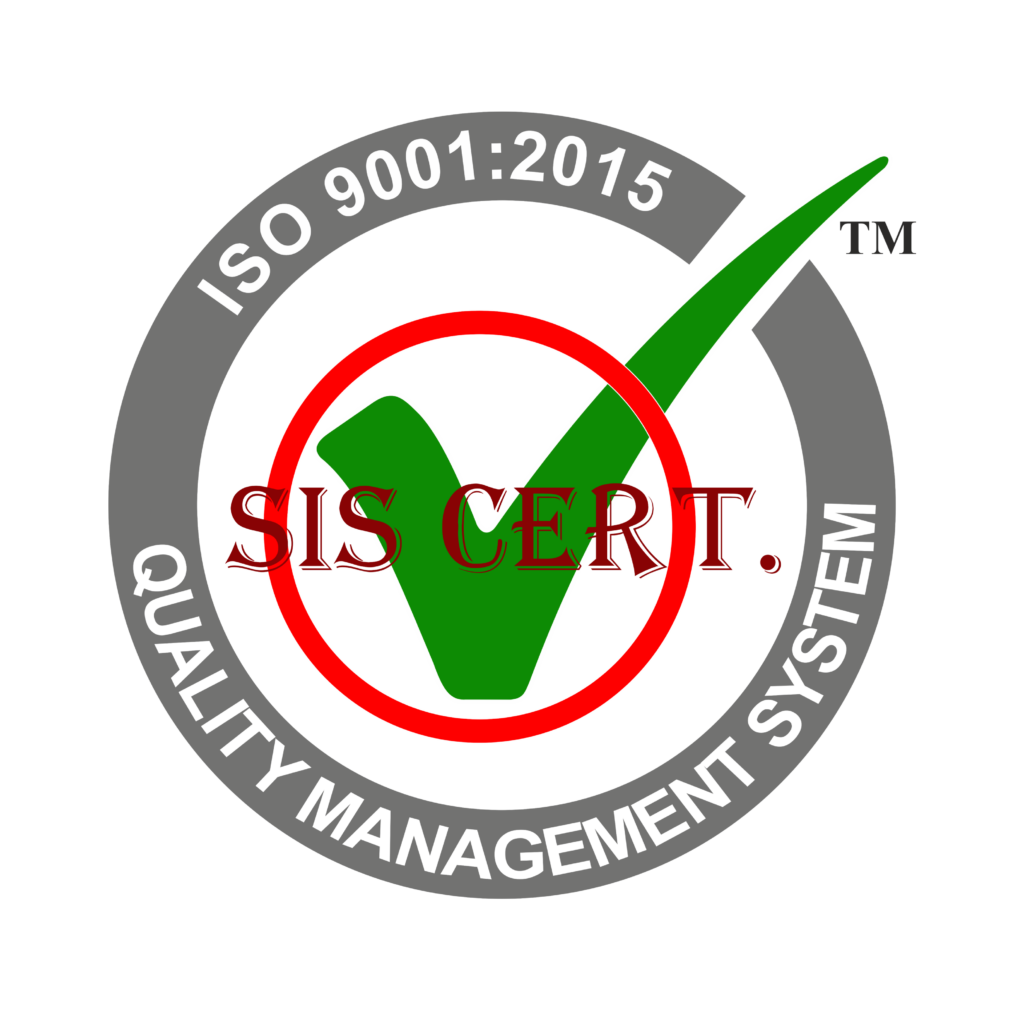Innovation in the stainless steel production process has been a critical factor in achieving success in the industry.
In order to stay ahead of competition, it is essential to employ new techniques to improve the production process and reduce production costs.
This article will discuss various strategies and techniques that can be used to enhance production of stainless steel, such as automation, process optimization, technology innovations, and quality control measures.
Key Takeaways
- Automation strategies play a crucial role in enhancing steel production processes.
- Technology innovations such as advanced software, robotics, and 3D printing contribute to improving steel production efficiency.
- Quality control measures utilizing cutting-edge technology are essential for ensuring the highest quality of stainless steel production.
- Cost reduction strategies, including implementing more efficient production methods and reducing raw materials and energy usage, are vital for maximizing profits while maintaining high-quality stainless steel.
Automation Strategies
Implementing effective automation strategies can be a powerful tool in streamlining stainless steel production processes. It can help to outline the context for the numeric list of production processes and technologies in the stainless steel industry.
Automation allows for improved quality control, faster production rates, and better safety for workers. This technology can also reduce the costs of production by reducing the amount of resources needed and eliminating the need for manual labor.
Automation in stainless steel production processes can also enable the implementation of more efficient techniques that can increase the production rate and reduce the time taken to complete tasks.
Automation has the potential to revolutionize the stainless steel industry by providing a more efficient and cost-effective way of production.
Process Optimization
By utilizing process optimization techniques, manufacturers can significantly improve the efficiency of stainless steel production. This can be done by examining the existing process and identifying areas that could be improved. By eliminating waste and streamlining production, manufacturers can create a more efficient and cost-effective steel production process.
Additionally, automation can be used to further reduce time and money spent on the process. Automation can also increase accuracy and improve the quality of the final product.
Technology Innovations
In order to maximize efficiency and cost-effectiveness in steel production, modern technology innovations should be adopted. The use of advanced software, automated systems, and robotics can help streamline the production process, reduce waste, and improve safety.
Additionally, 3D printing is becoming increasingly popular in the industry, allowing for more complex designs and faster prototyping.
Furthermore, advanced metrology techniques can be used to ensure product quality and consistency.
Finally, the use of virtual reality and simulation can help better visualize the production process and identify areas for improvement.
These technologies provide an opportunity to enhance steel production and will help to drive growth and success in this industry.
Quality Control Measures
To ensure the highest quality of stainless steel production, it is essential to implement stringent quality control measures. Quality control should be an integral part of the production process, with inspectors checking for any defects throughout the entire process.
Quality control should also involve the use of cutting-edge technology to ensure that all components and materials used are of the highest quality. Additionally, close monitoring of production schedules and inventories can help identify any potential issues before they become a problem.
Cost Reduction Strategies
Implementing cost reduction strategies can help to maximize profits while still producing high-quality stainless steel. When making changes to the production process, it is important to consider the costs associated with the implementation of new techniques.
By reducing the amount of raw materials or energy used, production costs can be significantly reduced. Additionally, using more efficient production methods can help to reduce labor costs.
Frequently Asked Questions
What Are the Environmental Impacts of Steel Production?
Steel production has significant environmental impacts, such as air pollution, water contamination, and energy consumption. It is important to consider these impacts when developing new techniques for enhancing steel production.
How Can the Production Process Be Made More Efficient?
By implementing new technologies and processes, the steel production process can be made more efficient. This includes introducing automation, utilizing data analytics, and streamlining production processes to reduce production time and costs.
Are There Any Health and Safety Risks Associated With Steel Production?
Steel production processes can present health and safety risks, such as exposure to hazardous gases, dust, and noise. Innovative solutions should be explored to reduce risks and ensure a safe working environment.
What Kind of Long-Term Maintenance Is Required for Steel Production?
In order to maintain steel production over the long-term, regular inspections and maintenance of equipment is necessary to ensure efficient and safe production. Additionally, proactive measures should be taken to anticipate and prevent any potential issues.
How Can Steel Production Be Made More Cost Effective?
To make steel production more cost effective, one can explore opportunities such as streamlining processes, utilizing advanced technologies, and optimizing resources. Additionally, improving efficiency through predictive maintenance and data-driven decisions can be beneficial.
Conclusion
The use of new techniques for improving stainless steel production processes has been discussed. Automation strategies, process optimization, and technology innovations can all contribute to improved production.
Quality control measures and cost reduction strategies should also be implemented to ensure high-quality steel is produced efficiently and cost-effectively.
With the proper implementation of these techniques, enhanced steel production is possible.


